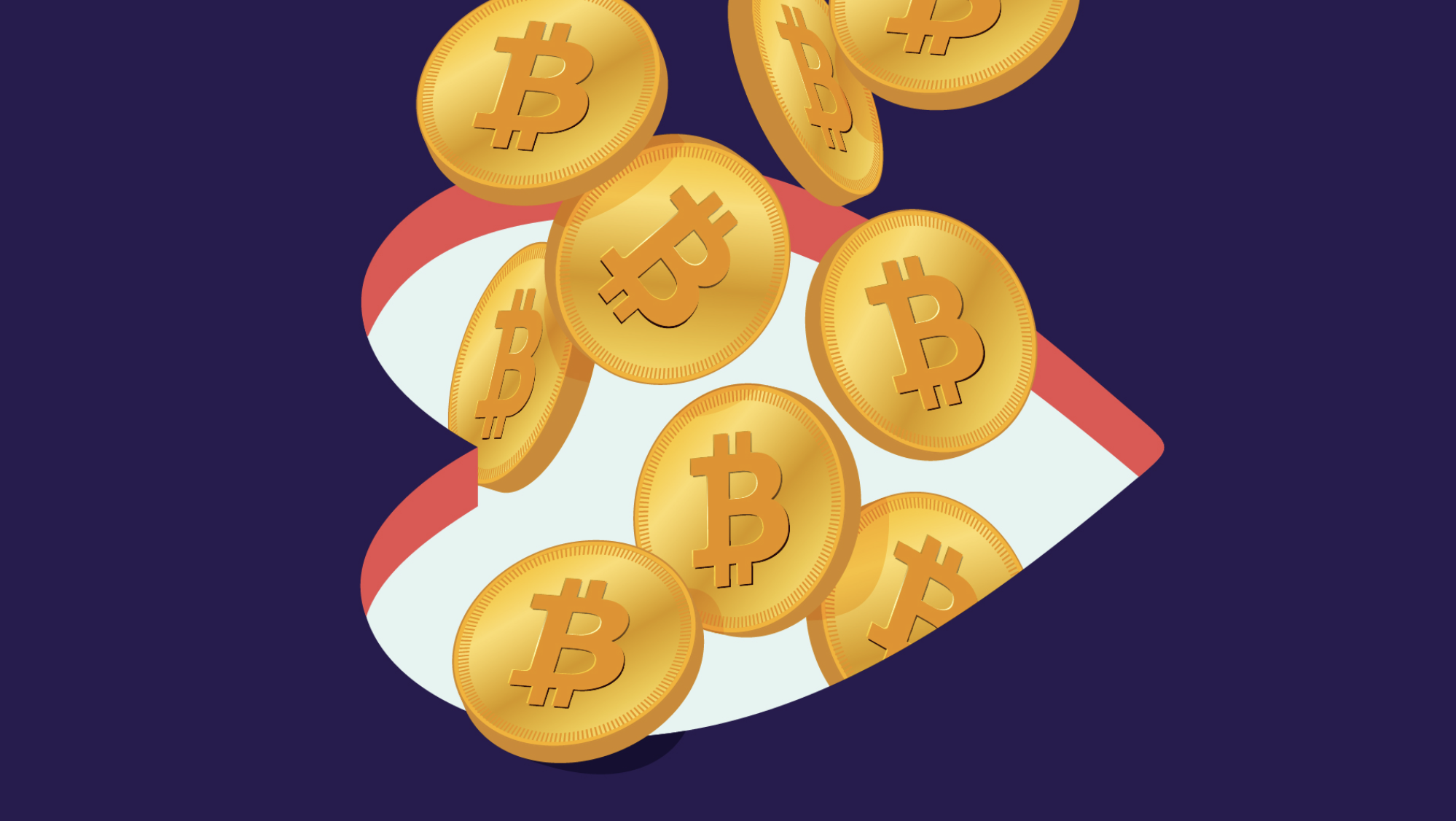All Blogs, Image Management, Public Relations Industry
The Anatomy of a Social Media “Riot”

By the time police arrived, Union Square was severely overcrowded. Within the park's nine acres, thousands of young onlookers had gathered for what was supposed to be a gift giveaway hosted by Twitch-personality Kai Cenat. Drawn by the promise of free Play Stations and the chance to meet a social media celebrity, thousands of teenagers had traveled to the park.
When the crowd, predominantly an audience of youthful teenage boys, clashed with police, things escalated quickly. In dozens of videos shared across YouTube and other social media platforms, police collar the young attendees. One video captures a police officer slamming a teenage boy through a taxi cab's back window. By the end of the day, several people were seriously injured, 60+ people were arrested and Union Square Park sustained over $55,000 in property damage. Cenat, the influencer who had sparked the gathering with posts made on Twitch days before, was charged by police with "unlawful gathering" and "inciting a riot."
As police investigate this incident further and Cenat faces a court date, it's worth considering the broader context of social media relationships and the unpredictable power of influencers to catalyze mass action in physical reality. In an age defined by Facebook, Instagram, TikTok and dozens of other social networks, what role do social media personalities have in driving people to action? What can happen when an influencer with a cult following asks their followers to do something? To answer the latter, we must first understand the phenomena known as parasocial relationships.
Defined as "a one-sided relationship where one person creates an emotional attachment and invests their time and energy, while the other party doesn’t know of the other person’s existence," parasocial relationships are a hallmark of social media users, especially younger users post-pandemic.
In a recent study by Wellesley College's Youth Media and Well-Being Research Lab, researchers found that 90 percent of kids have social media by the time they turn 12 (7th grade for context). With the advent of coronavirus, lockdown and the implementation of remote learning in 2020, millions of teenagers leaned harder on social media to maintain physically distanced relationships and monitor ever-evolving news. In the process, many gravitated to familiar faces, screentime soared and the popularity of specialized, social media personalities rose with it.
These relationships are built on constant content, frequent user interaction and intensely personal exchanges occurring several times a day. Intimacy is key.
Most influencers cultivate a following over time, then use these followers to secure lucrative brand deals and partnerships. While encouraging your fans to buy a product or use a service is commonplace, the power of influencers to mobilize fans in real life beyond just buying a product, to encourage them to go somewhere and do something, is still unpredictable and relatively immeasurable.
In the case of Cenat, he unwittingly baited followers to do something dangerous. What was meant to be a good time, short giveaway and brief interaction, became something much more serious. Another interesting element here, the gathering was sparked by a relatively small medium.
If you're unfamiliar with Twitch, it's a social media platform best known for live-streaming events, including video game tournaments and product reviews. The platform hosts approximately 140M active monthly users. For context, that's 1/3 of X's (formerly Twitter) monthly audience, less than 1/4 of Tiktok's and barely 1/20 of Meta's. Cenat, the influencer at the heart of this scandal, is one of Twitch's most followed creators. To date, he has over 6.5M subscribers and he posts content daily.
This “riot” resulted from a perfect storm of circumstances. Post-pandemic teens, a diligently followed social media personality, the rise of parasocial relationships, the promise of a free, coveted product, a general lack of awareness about and unpredictability of calls to action on social media - these all melded together to create a moment New York City was unprepared for, yet one we can learn from. As communicators who often partner with influencers like Cenat or work with clients including city departments or public policymakers, we must be prepared.
It is important that we understand how to predict, understand and measure the power these online figures have to mobilize their followers. Frankly, we must acknowledge this power exists in the first place. Most importantly, we must work towards ensuring and encouraging online personalities to use their influence for good.


